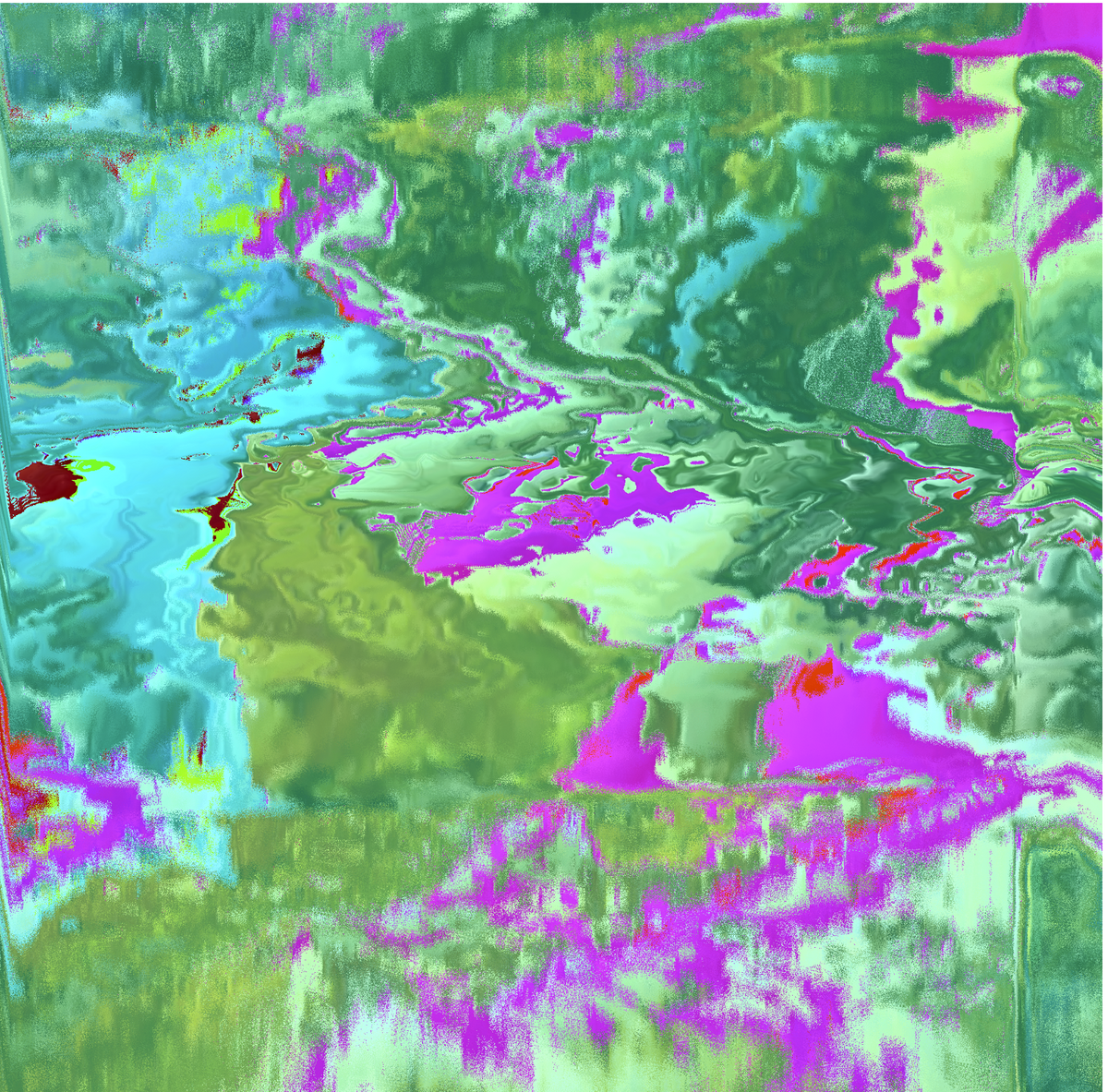When Lenny Herzog clicks on a JPEG and nothing happens, he feels ripped off.
And maybe you should, too.
Responsive, interactive, real time art is his only interest.
He wonders why anyone today would make a code-based flat image when you can do so much more. Normal non-interactive NFTs just aren’t leveraging the potential of the technology.
In typical German Weltanschauung, he views it as a design flaw that you can create a piece of generative art that has infinite unique iterations, but you are still limited to selling only a single JPEG.
Instead of fun, he thought it was rather risky for his collectors to not know what they were getting as they minted out his NFTs, everyone hoping that it would meet their aesthetic expectations.
Since he had always hand curated his pieces from generative algorithms’ output in the past, he definitely did not see the entertainment angle inherent in purchasing serendipitously.
While he does concede that “from a nerd’s perspective, it is fascinating that the computer can generate hundreds of outputs” he felt this system did not make sense for most applications.
So he spent a lot of time wrestling with this issue, trying to resolve the "defect" that NFT owners would only ever get to see one iteration of a whole generation, barely scratching the surface of what the algorithm could be.
He solved this conundrum by deciding that all these variations were not static images or things to sell independently, but rather they are states of an infinite system.
So he shifted his focus to finding tools for the transitions between those states, a cool interactive experience that gets you from one frame to another.
He enlisted Richard Nadler as a co-creator to help him meld these infinitely fusing frames.
And they have done this exceptionally well.
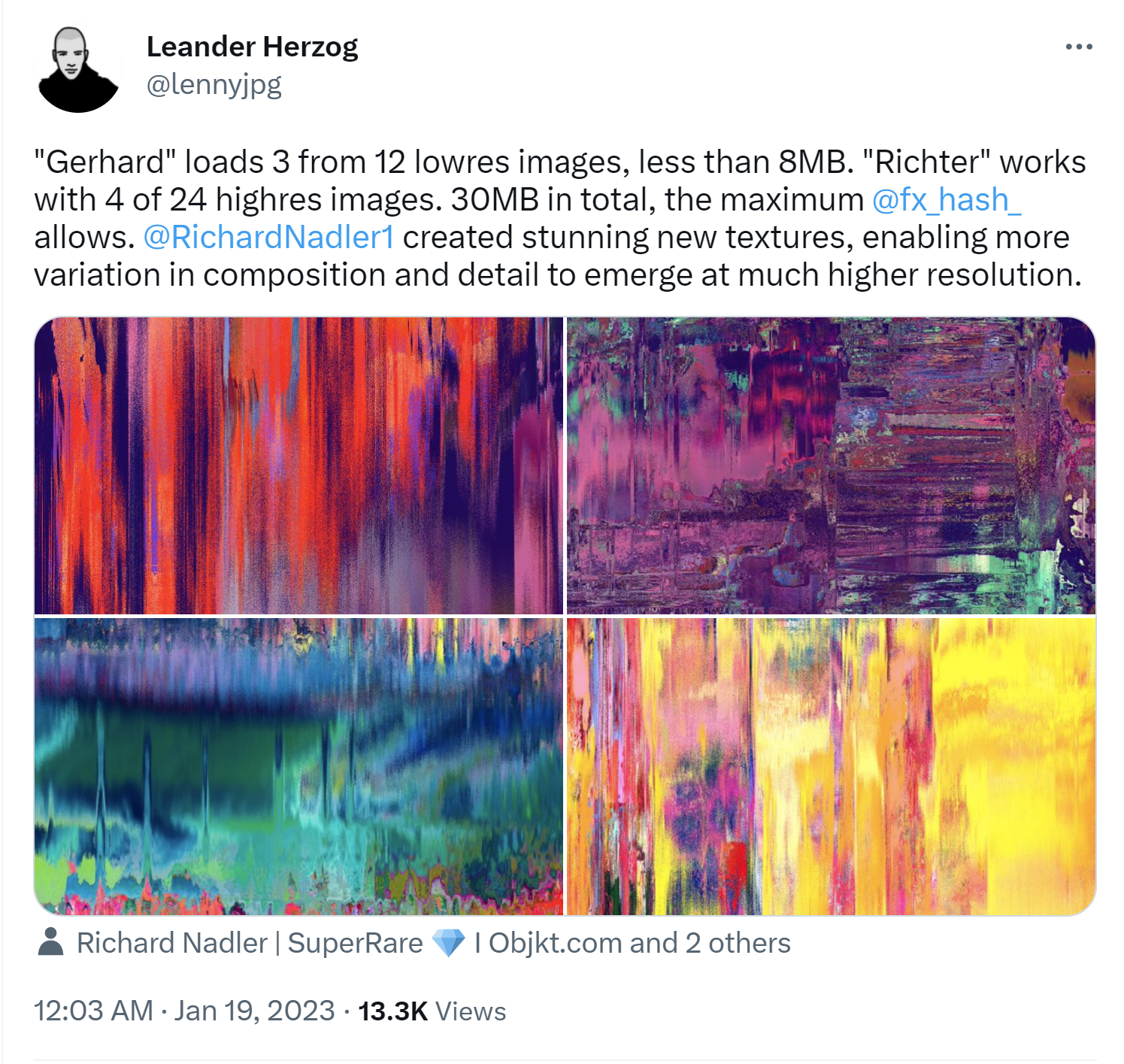
Their collaboration is itself a fascinating study in how creative work gets done, as both artists used different tools and were not aware of the details of each others process, meeting only through the interface of the pixels.
Then when they brought the code together, they succeeded in showcasing the algorithm in all its infinite, interactive glory.
Each NFT contains within it the entire output of the whole algorithm, looping endlessly. Yet all of them are cryptographically guaranteed to be unique due to the exponential number of potential variations in the code.
So if at first you don’t succeed at seeing an image that appeals to you, you just have to have wait; at some point it will light upon something that fits your aesthetic ideal.
Impressive! Not only did Lenny solve his so-called design flaw, but together with Nadler they have made NFTs that now actually do contain something for everyone.
His latest collection named Fract came out just last week, with 512 editions dropping on a brand new Solana based gen art platform called Code Canvas.
The collection minted out quickly and has doubled the mint price (10 Sol) over the past few days. Floor:~22.5 Sol/ ~$490USD Primary volume: over 5k Sol (+$100k)
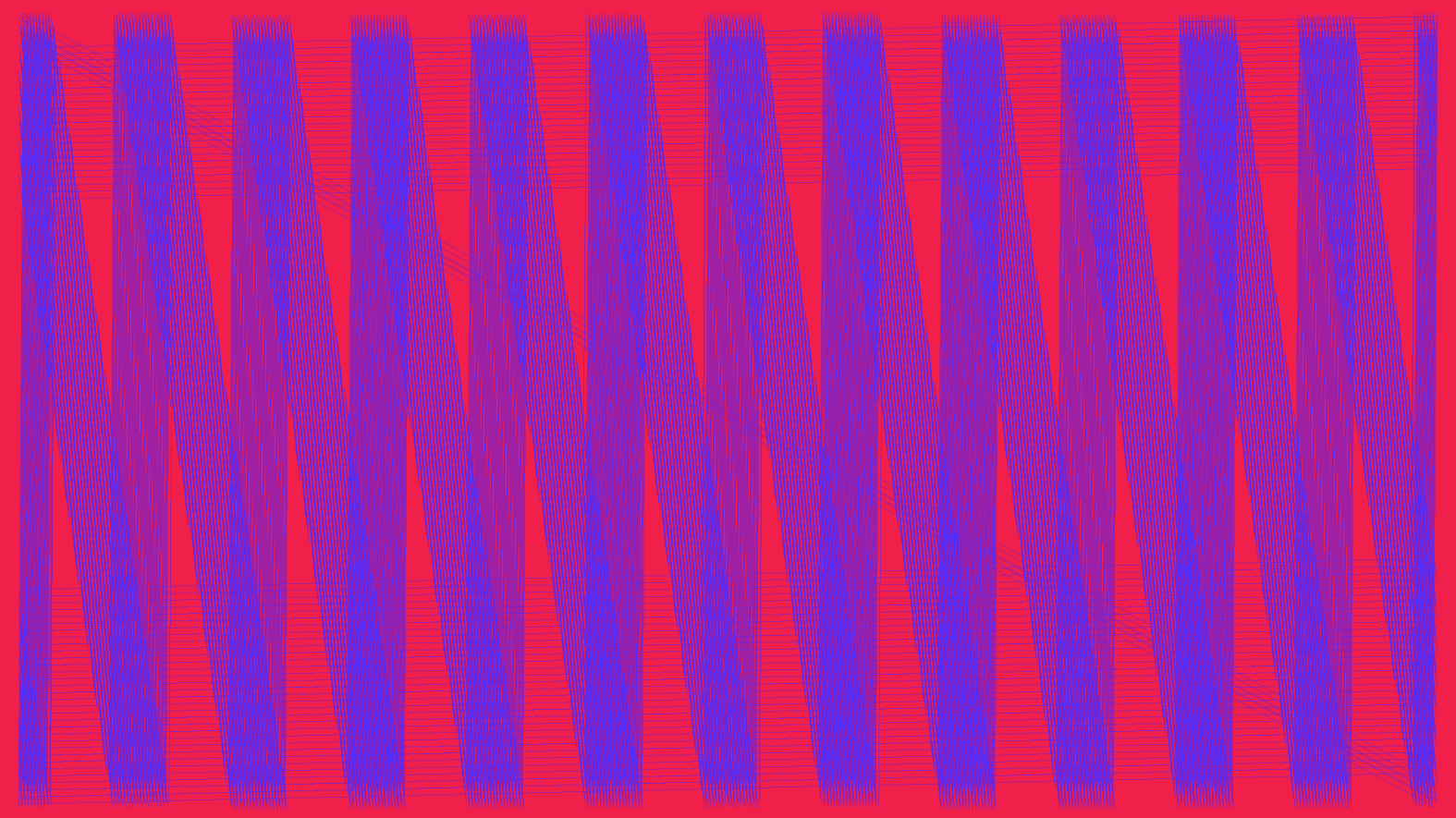
If we were to compare the very simple “string art" hard edge and angled style of Fract to the luscious tapestry of oozing colors of his previous Gerhard /Richter collections, there is no denying a large difference in their themes, even if the code is built with a similar philosophy.
While we do realize that beauty is in the eye of the beholder, his ode in code to Gerhard Richter is just too beautiful to not love it at first sight.
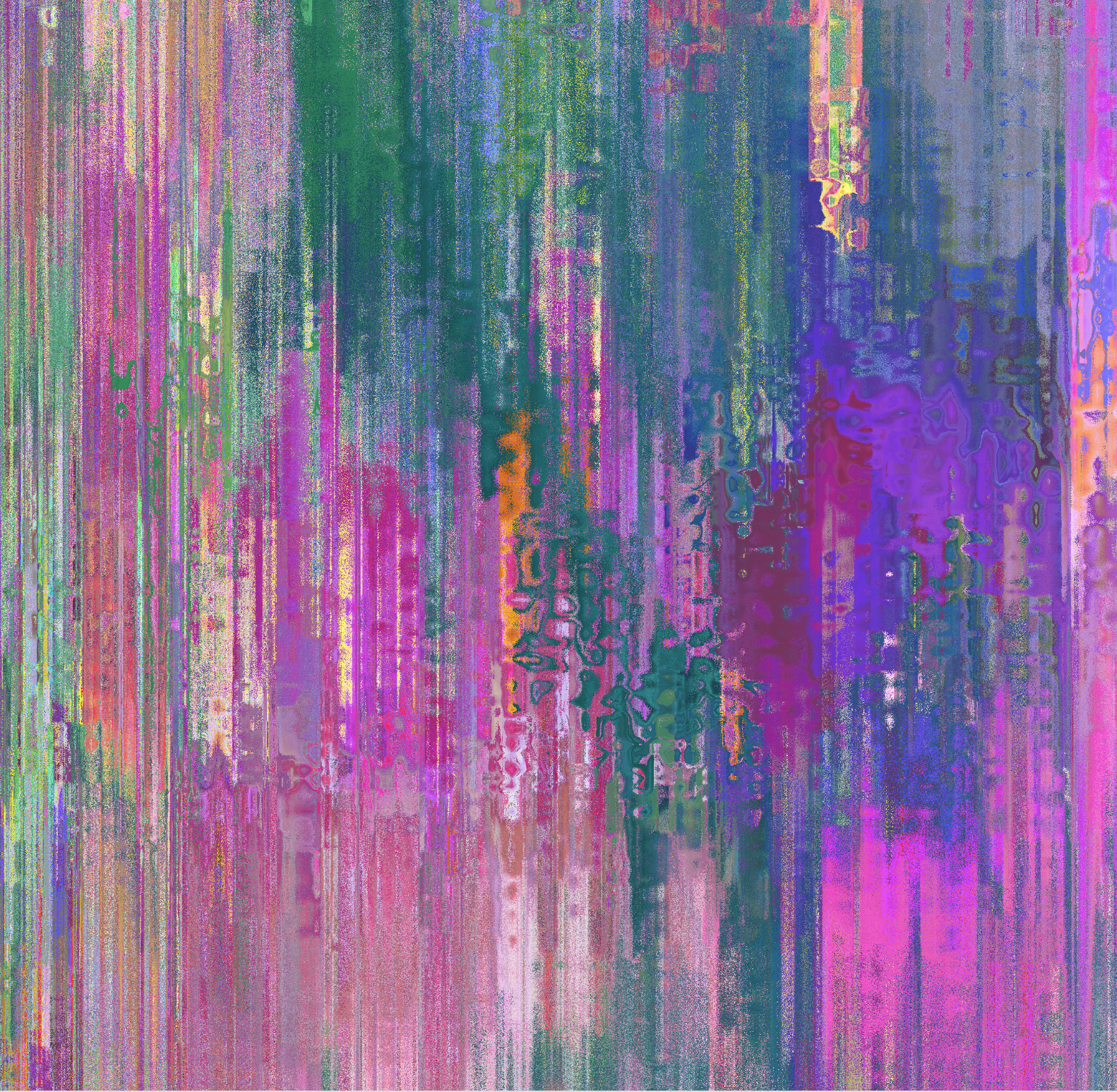
Although we could not find any mention of him actually attributing Gerhard Richter as an influence, the fact that Lenny is Swiss German, and his last two collections were named Gerhard and Richter is an in-your-face clue.
Plus, the movement of the pixels immediately brought us right back to watching the 2018 film about Gerhard Richter in the Freiluftkino in Prenzlauerberg. We're not talking about the soap opera style saga Don’t Look Away loosely based on Richter’s life, but rather the slow-moving documentary that captivated audiences in Berlin when it first came out.
You read that correctly. This is a film about an octogenarian with no action - only Richter's squeegee-like painting process!
Richter's distinctive, large-format abstract paintings and photorealist-style works have made him among the most influential and sought-after—and expensive—living artists of our time.
Probably no one better to try and emulate and expand upon via an algorithm.
In fact, last week's Sightseers probably also owes a nod to Richter, as Richter first garnered success by blending and blurring paint over his own personal collection of large format photos that typically touched on dark moments in history.
Herzog and Nadler successfully bring forth in code Richter's style and mesmerizing process of watching two layered textures reveal the unknown art underneath; the same process that is so fascinating in the film is now replicated endlessly on the screen.
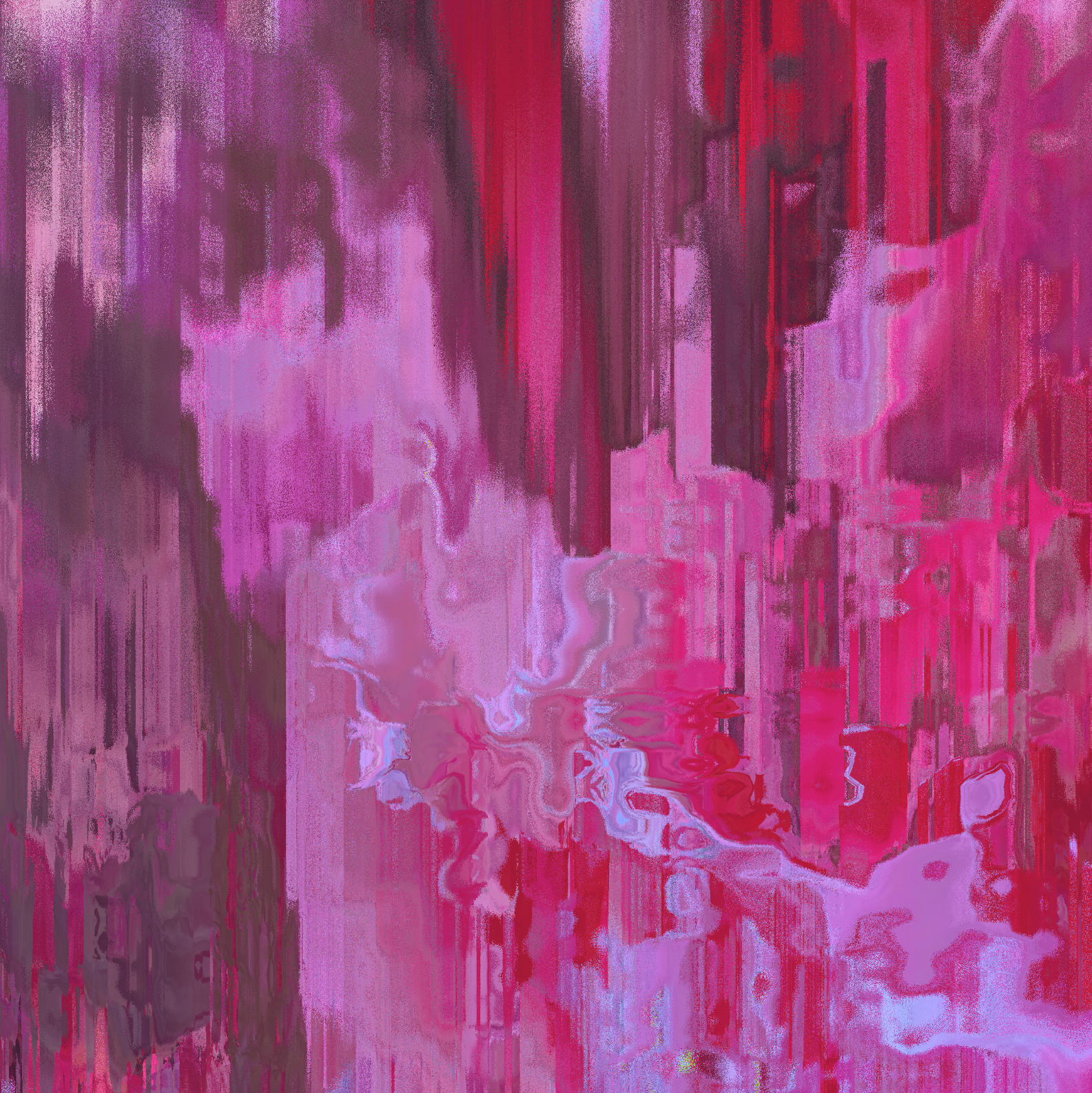
While these two collections all minted out quickly and Herzog already has a very large and enthusiastic fan base, Fract may just be the tipping point he needs to bring him the extra awareness that makes the value of all of his previous art works rise.
Currently, he already has a decent size body of work with eight collections to pick from on the gen art focused fx(hash) market; enough to have built up his followers while not diluting the value. Now Fract broadens his reach into the Solana ecosystem and places him back in the hype cycle.
Even if Fract is not as successful due to being on Solana as his previous Tezos based fx(hash) collections, it seems a smart and strategic move for his personal brand.
He seems to have started to spin on the flywheel of fame, as he was recently highlighted in another NFT newsletter, had a SuperRare blog spotlight, and now his Fract drop on Code Canvas is gaining momentum.
However, we would still consider his work slightly under the radar, therefore slightly undervalued, because without being on OpenSea or ArtBlocks he is still niche, albeit a very successful gen art niche.
He also has a somewhat schizophrenic website where there is just enough friction in navigating it that a potential journalist (or collector) might hit the back button instead of pursuing the value-enhancing article they came there to write. The links to his art are all arrayed in a non-linear fashion with nowhere to read up on his background.
We did some sleuthing and found out that like so many others his original art education consisted of painting graffiti on the streets before going to design school and delving deep into computer code. He graduated to web site design and digital deliverables and has been in the scene creating digital art since way back in 2006.
So this is not his first rodeo.
He seems ensconced in the art x code aesthetic for nearly 20 years and we would expect him to continue to produce amazing works as well as more PR, adding value to his brand year after year.
Probably we are just early. More interviews will happen. OpenSea and ArtBlocks may lose their mighty positions as more marketplaces flourish. Credit cards may start to be used more frequently to purchase NFTs, which gives art work on fx(hash) a leg up. And he is considering a next drop on Ethereum now that they have Proof of Work.
In general, though, animated works have tended to underperform in the market because potential collectors just don’t have the time or patience to click through and sit with the work.
So if you purchase any Herzog NFTs, you will be both early in his arc of fame as well as early in the responsive, interactive, real time art market.
The risks exist.
However, it is becoming truer every day that the coding tools, processes, unique data sets, and artist editing of the algorithms are all components that weigh heavily on the value of gen art. Plus, screens and processing power are getting better every day.
This bodes well for his past and future NFTs.
So if you are fascinated by the code and minimalism is more your jam, then you might pick up a Fract. They have momentum and were just minted out last week.
However, longer term, here at Take It or Leave It we think the Gerhards are a better option. They have all the same infinitely evolving code, plus the beauty of coded color crayons melting across your screens.
Personally, we would love to see it melt down our white walls. Forever.
Afterall, he intentionally created these with different temporal layers, so that the NFT looks different to those who just see a thumbnail, versus those that let the code run 30 seconds, versus those that hang it on the wall and let it run for days.
So maybe just as you have to wait a bit to let the code blossom to its full potential and unveil it's true beauty, perhaps we just have to wait a bit to let the market blossom around interactive art until it values it much more highly than the static jpegs of today.
He has 13.4K Followers on Twitter
Cecily Score of 8/10 on the Gerhards
Take It or Leave It?!
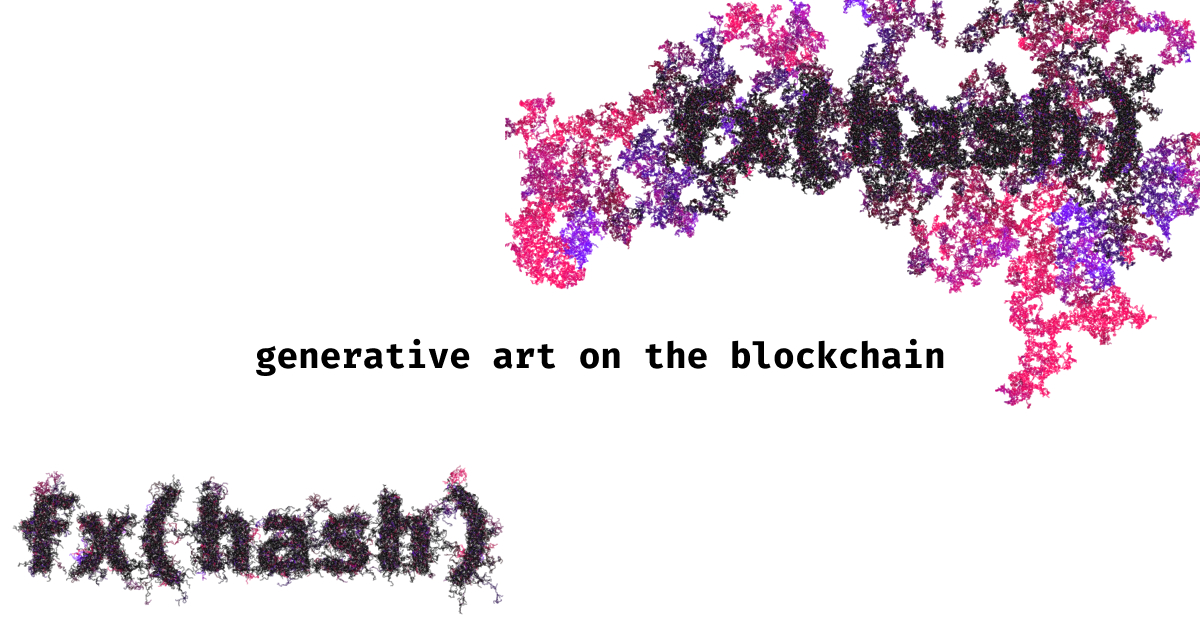

by Cecily Lough
